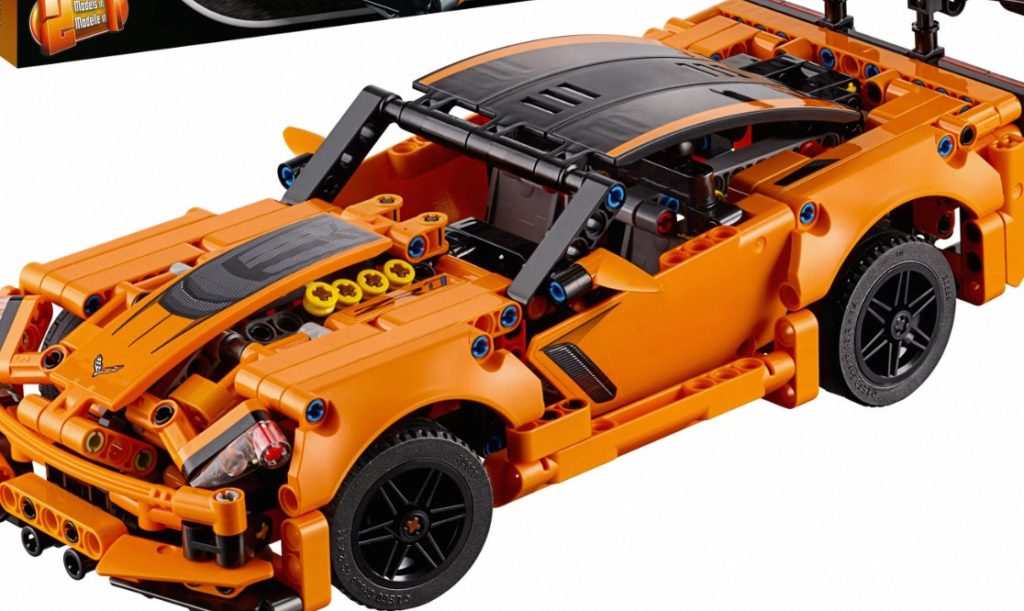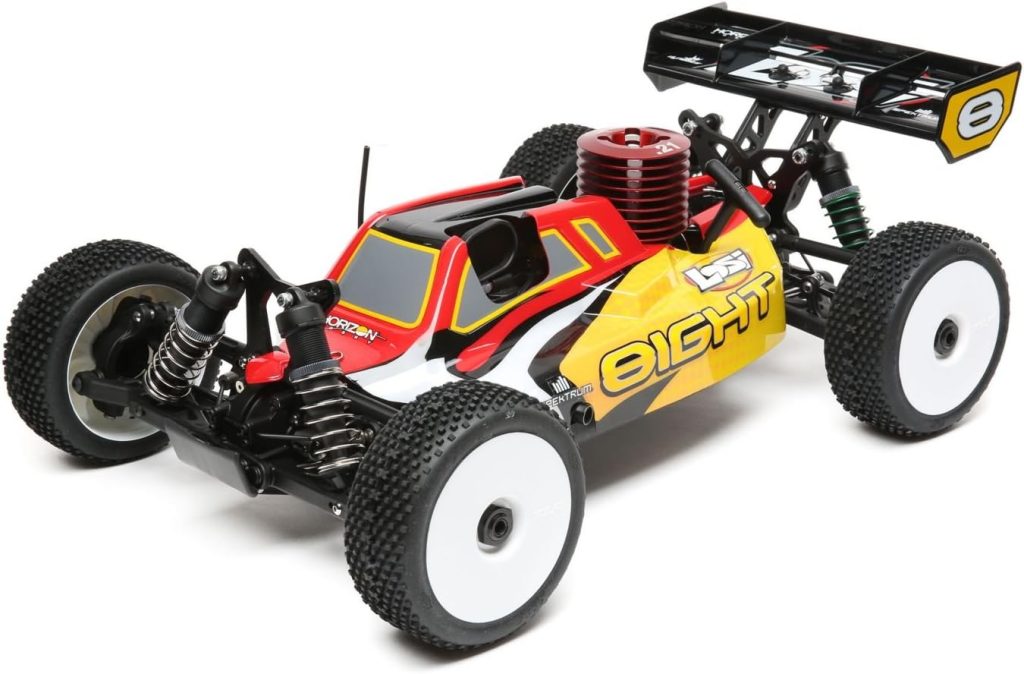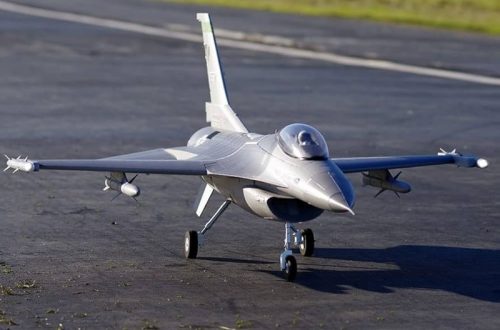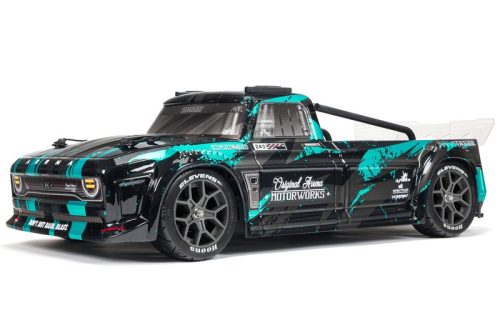The beating heart of any RC car is its battery. This rechargeable power source provides the electricity that propels your car, dictating everything from speed and runtime to overall performance. With a vast array of RC car battery options available, understanding their characteristics and choosing the right one can be a daunting task for beginners. This article delves into the world of RC car batteries, exploring the two main types and the key factors to consider when selecting the perfect power source for your RC adventures.
Part 1: The Two Main Battery Types

Nickel-Metal Hydride (NiMH):
A well-established and popular option, NiMH batteries offer a good balance of performance, affordability, and ease of use. They boast higher capacity and discharge rates compared to their older NiCd counterparts, translating to longer runtimes and better power delivery. NiMH batteries are also relatively low maintenance, requiring occasional discharge cycles to prevent memory effect.
Lithium Polymer (LiPo):
LiPo batteries represent the cutting edge of RC car battery technology. They offer unrivaled power density, meaning they pack more power into a lighter and more compact package compared to NiMH batteries. This translates to faster acceleration, higher top speeds, and improved overall performance. However, LiPo batteries require more specialized care, including specific chargers and attention to storage conditions due to their higher voltage and potential fire hazards.
Part 2: Key Battery Characteristics

Capacity (mAh):
The capacity of a battery, measured in milliamp-hours (mAh), signifies its ability to store electrical energy. A higher mAh rating indicates a greater capacity, which in turn leads to prolonged runtimes for your RC car. However, the ideal capacity is contingent upon various factors such as your car’s power consumption and your desired runtime. Identifying your typical usage pattern and considering how long you want your car to run between charges are crucial aspects to consider when selecting a battery. If you prefer extended periods of uninterrupted operation, a higher capacity battery may be more suitable, while shorter runtimes can be achieved with a battery of lower capacity. By carefully assessing your usage needs and taking into account the power requirements of your RC car, you can make an informed decision, ensuring that the selected battery provides the appropriate capacity to meet your driving preferences.
Discharge Rate (C rating):
The discharge rate of a battery, which is represented by a “C” rating, specifies the maximum rate at which the battery can safely discharge its energy without causing damage or deterioration. For instance, a 20C 5000mAh battery would be capable of delivering a continuous current of 100 amps (calculated as 5000mAh by 20C, then divided by 1000, resulting in 100 amps). A higher C rating is especially critical for high-performance RC cars that demand a significant current during acceleration and operation to ensure optimal performance and longevity of the battery. Therefore, selecting a battery with an appropriate C rating in accordance with the power requirements of the RC car is essential. By understanding and considering the discharge rate, RC enthusiasts can ensure that they have a battery that can deliver the necessary power reliably and safely, meeting the demands of their high-performance RC cars.

Part 3: Choosing the Right Battery
Matching Your Car’s Requirements:
When choosing a battery for your RC car, the most vital aspect to consider is its compatibility with the vehicle. This entails taking into account the battery’s voltage, which typically ranges from 7.2V, 7.4V, 11.1V, or even higher, ensuring that it aligns with the specifications of your RC car. Moreover, it is essential to consider the size and shape of the battery to ensure it fits snugly within the designated battery compartment of the car. Additionally, the connector type plays a pivotal role, as it must be compatible with the electronic speed control (ESC) of the vehicle to ensure proper connectivity and seamless operation. By carefully evaluating these factors and selecting a battery that aligns with the specific requirements of your RC car, you can effectively optimize its performance while ensuring safe and efficient operation.
Considering Your Driving Style:
Consider the typical usage of your RC car as you select the appropriate battery. If your preference is long, leisurely cruises, a higher capacity NiMH battery would be ideal. On the contrary, if you desire blistering acceleration and high speeds, a LiPo battery with a high C rating would be a better choice. It is crucial to find the right balance between battery capacity, discharge rate, and budget. Understanding your driving needs and the specific demands of your RC car will help you make an informed decision and yield the most satisfying performance. By carefully weighing these factors, you can ensure that your battery choice aligns with your driving style and delivers the desired level of power and endurance for your RC car.

Part 4: Maintaining Your Batteries
Proper Charging:
It is imperative to always use a compatible charger specifically designed for your battery type. Adhering to the manufacturer’s charging instructions is crucial to ensure optimal battery life and safety. For NiMH batteries, occasional discharge cycles are beneficial to prevent memory effect and maintain their performance over time. On the other hand, LiPo batteries necessitate specific charging procedures and storage conditions to uphold their health and longevity. Understanding and following the recommended guidelines for your specific battery type is essential for preserving its efficiency and safety. By adhering to these precautions, you can effectively safeguard your batteries from potential damage and degradation, while maximizing their performance and lifespan, ensuring that they consistently deliver the power and endurance required for your RC car’s optimal operation.
Safe Storage:
When not in use, store your batteries in a cool, dry place with a partially charged state (around 3.8V per cell for LiPo batteries). Avoid extreme temperatures and never store LiPo batteries fully charged or discharged, as this can damage them.

In conclusion, RC car batteries play a pivotal role in determining your overall driving experience. Understanding the two main battery types (NiMH and LiPo), their key characteristics (capacity and discharge rate), and how to choose the right one for your car and driving style are essential for maximizing performance and enjoyment. By following proper charging and storage practices, you can ensure your batteries deliver reliable power for countless RC adventures. With the right knowledge and care, your RC car’s power source will keep you pushing the limits and carving out exciting drifts for years to come.


